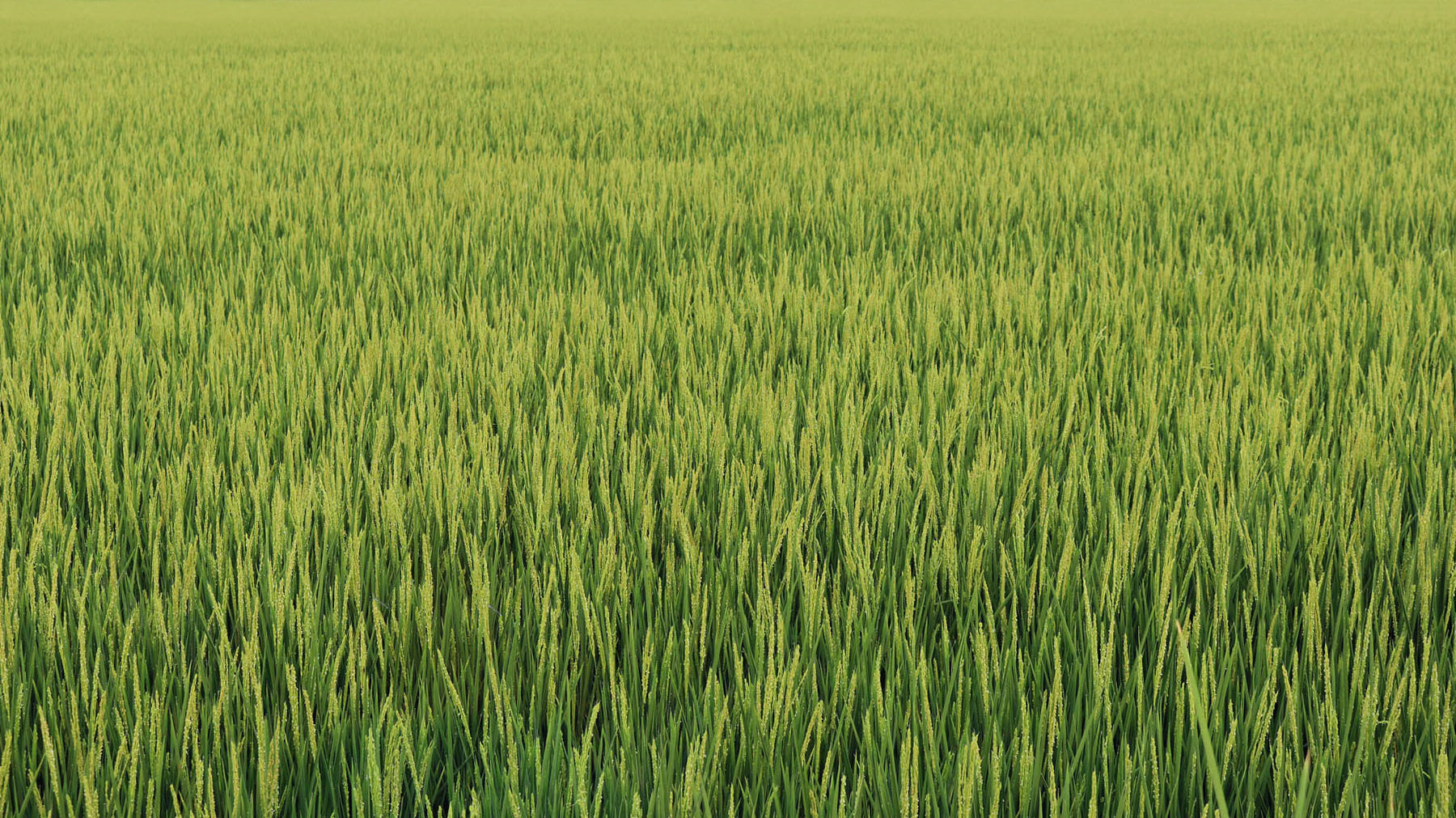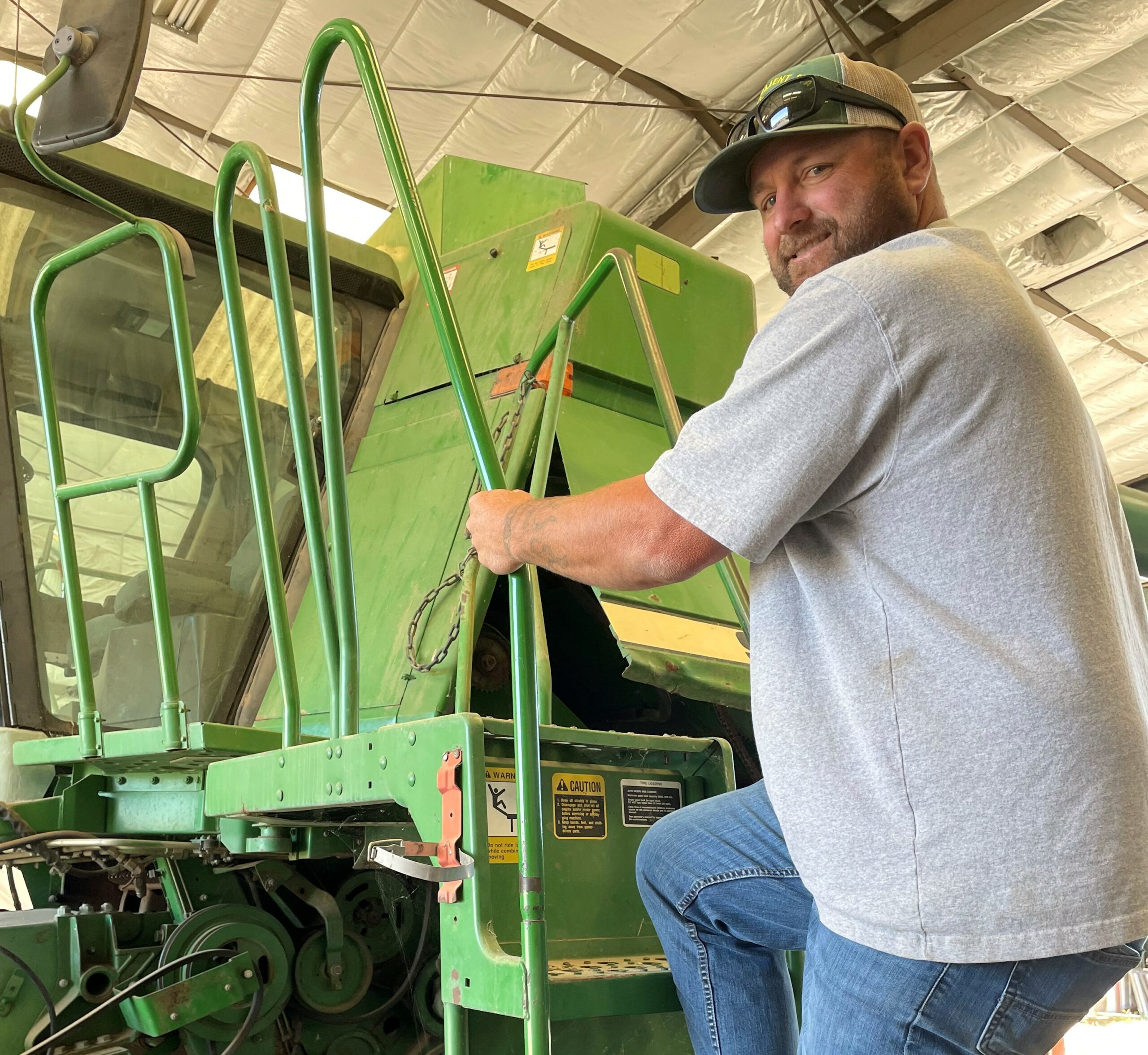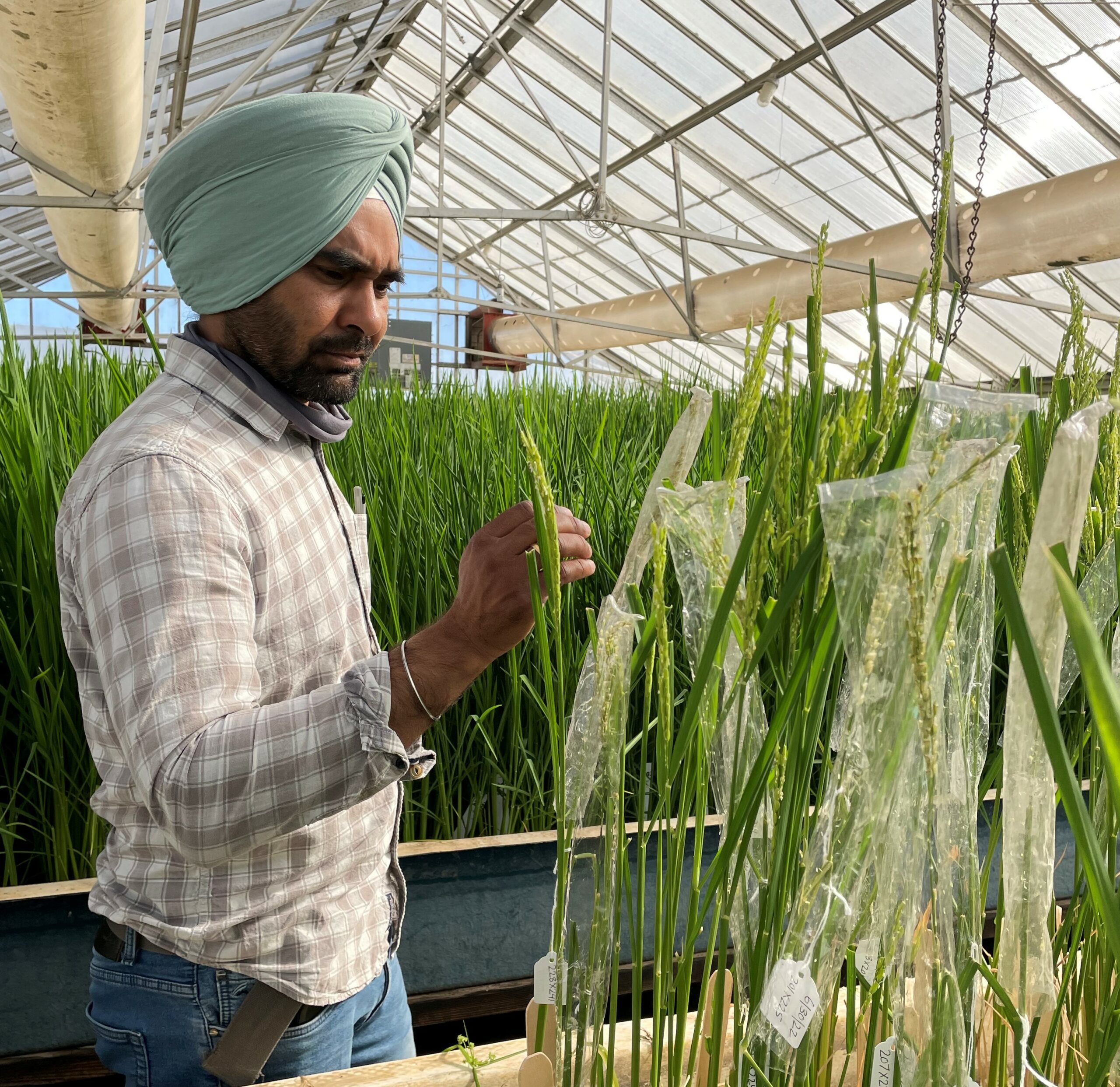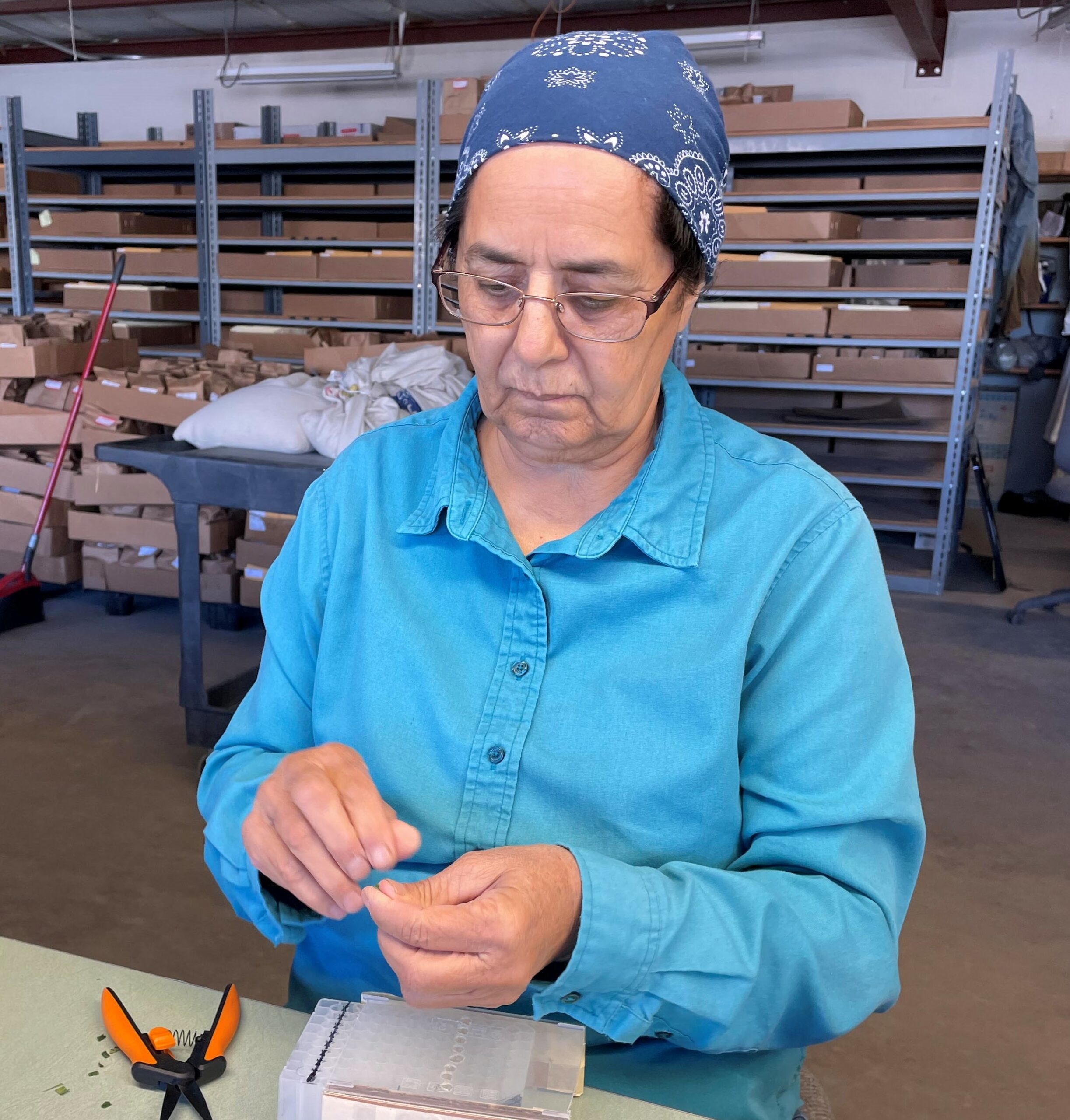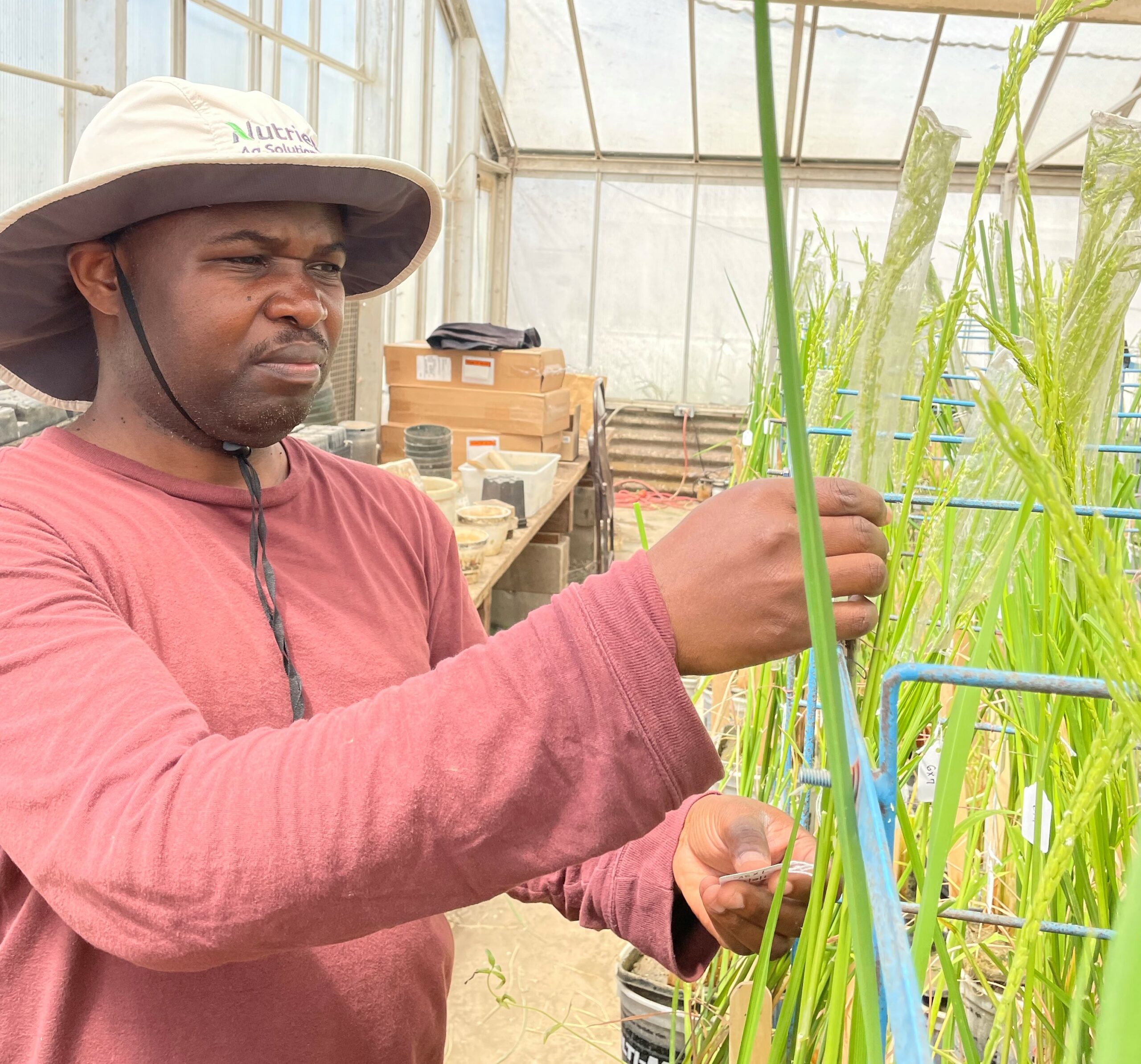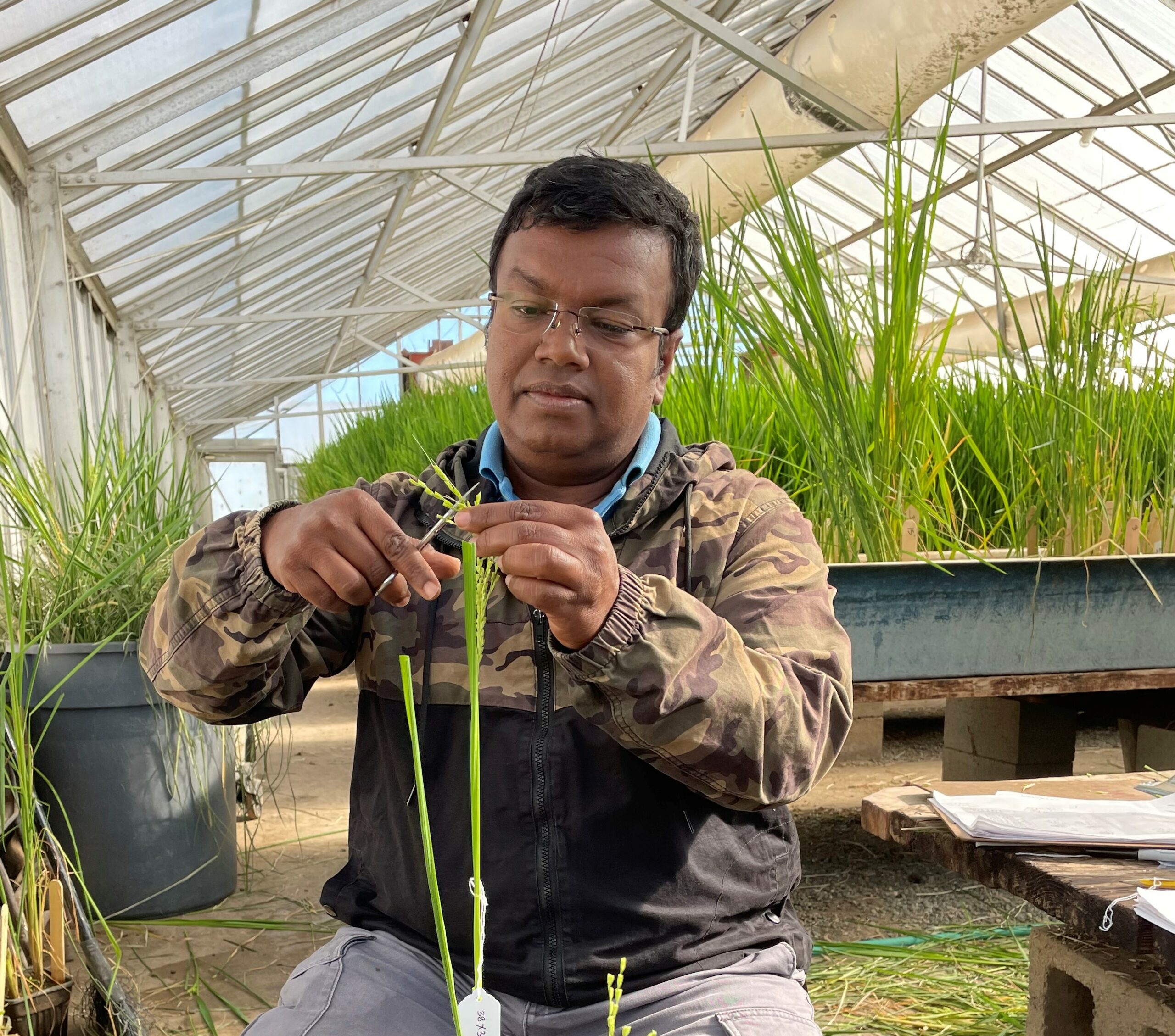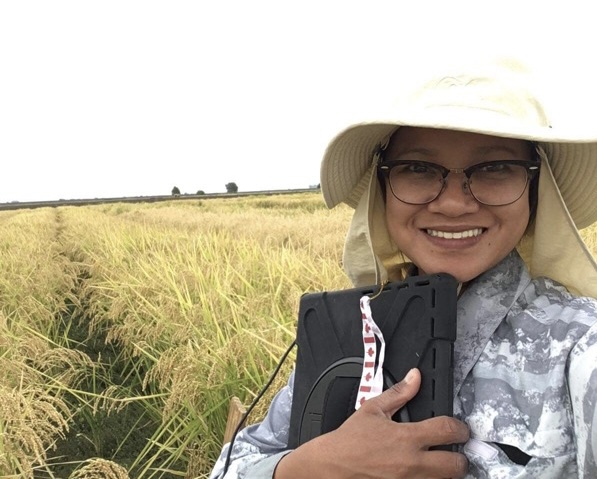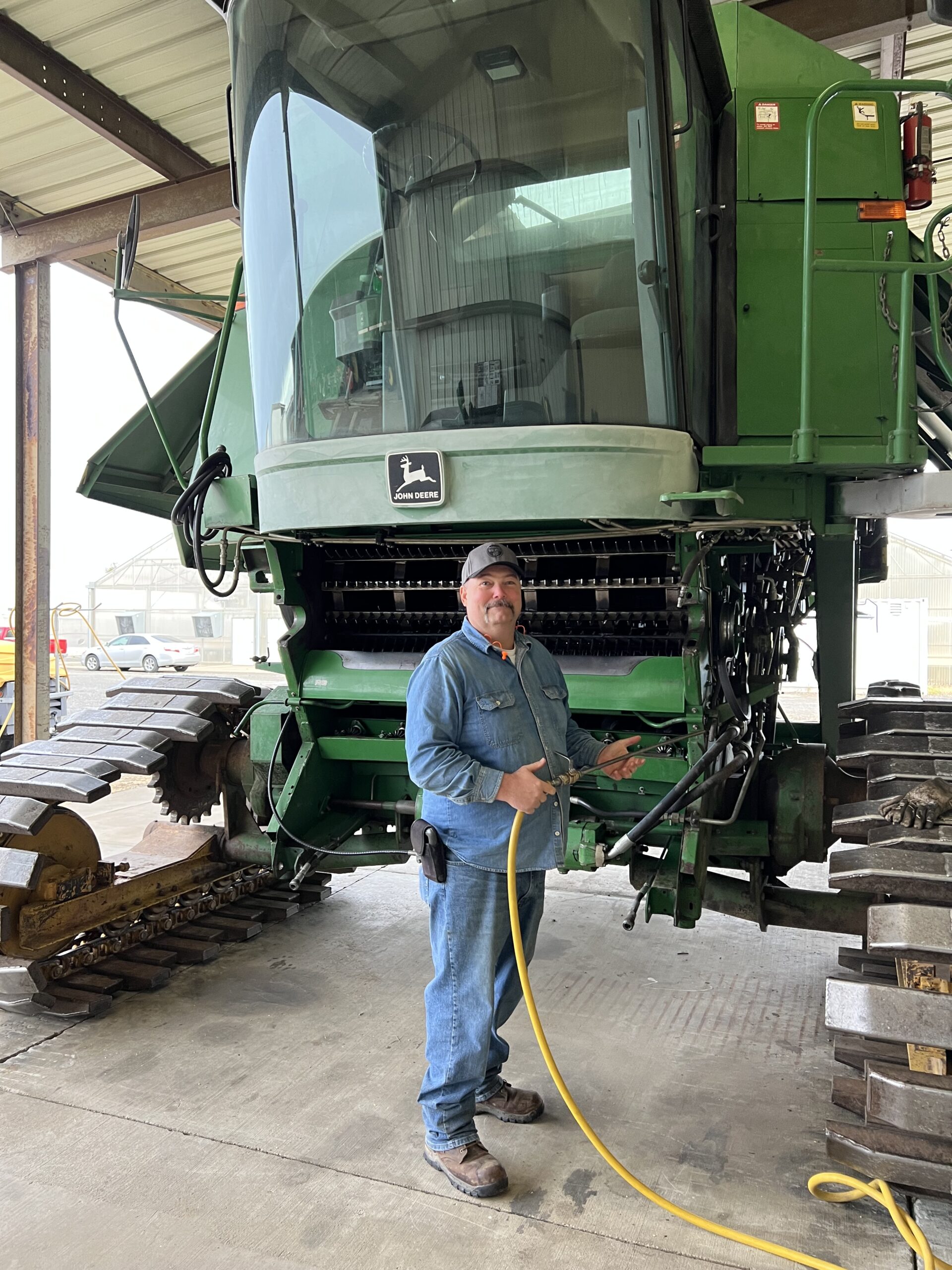Rice Variety Profile for M-210
RES Rice Varieties
Variety: M-210
- Former ID: 12Y3097
- Year: 2018
Pedigree and Breeding
M-210 is a blast-resistant, high-yielding, early-maturing, Temperate Japonica, Calrose-type medium grain, formerly designated as 12Y3097, was a product of a DNA marker-assisted backcrossing. Its pedigree is M-206*8/97-Y-315vE where 97-Y-315vE is 18347/78Y043// 86Y013/3/Daegwanbyeo. M-206 is a high yielding, glabrous, early maturing, Calrose-type medium grain variety released by RES in 2003. It was chosen as a recurrent parent because of wide adaptability, good combining ability, and superior milling performance. Derived from a complex cross involving RES advanced rice lines, 97-Y-315vE is a very early (vE), blast resistant, short grain entry which was kept as a differential line to routinely test blast pathogen isolates in the RES greenhouse. In its pedigree, 97-Y-315vE listed Daegwanbyeo identified as a blast resistant parent. Daegwanbyeo is a cold tolerant, blast resistant short grain Korean variety developed by Crops Experiment Station, Rural Development Administration in 1986. It possessed the Pi-b gene which is linked to a SSR or microsatellite marker RM208 that was used in marker assisted selection (MAS). M-210 is acceptable to the rice market as evaluated internally and externally for grain quality.
Agronomic Characteristics
The overall grain yield of M-210 across 43 SW Yield Tests averaged 9,300 lbs./acre compared to 9,370 and 8,910 lbs./acre for M-206 and M-208, respectively. The overall yield advantage of 12Y3097 over M-206 and M-208 were -0.74% and 4.4%, respectively. It yielded better (up to 10% yield advantage) than M-208 in most locations except Colusa (-6%), and competitive with M-206 though M-210 may not be as widely adaptive especially in colder rice areas.
Compared to M-208, M-210 reached 50% heading in 83 days (3 days earlier), had slightly shorter plant height at 97cm, and about similar in terms of seedling vigor and lodging percentage. M-206 and 12Y3097 are agronomically similar in stature though in many cases, M-206 headed a day earlier.
Milling and Quality
The milled rice grains of M-210 on average were heavier (1000-grain weight =21.65 grams) and slightly wider (width=2.78 mm) compared to M-208 (21.19g, 2.75mm) and M-206 (20.73g, 2.73mm), while the grain length (5.96mm) and length/width ration (2.14) were in between M-206 and M-208. With slightly heavier grains and grain dimension meeting the criteria of the Calrose rice market, M-210 can be co-mingled with other Calrose rice varieties currently in production in California.
Milling data showed that the head rice yield of M-210 when harvested at 19-22% grain moisture is 65/70 (head/total) compared to 64/69 and 63/68 for M-206 and M-208, respectively. When cut at moistures above 22%, milling yield improved to 65/70. Below 19% harvest moistures, head rice dropped on all entries even further as grains became drier.
RVA and Quality Evaluation
The average apparent amylose content and protein content of M-210 is 15.7% and 6.6%, respectively, values that are very close to M-206 and M-208. All three had low gel type typical of a Calrose-type medium grain. Based on the results of the RVA, M-210 does not deviate from the profile of M-206 or that of M-208, meaning cooking characteristics were similar to M-206 and typical of a Calrose. Internal evaluation as well as and external cooking quality evaluation by selected marketing organizations showed similar observations. Feedbacks were favorable, indicating acceptability of quality in the market.
M-210: Amylose, protein content and gel type of M-210, M-206 and M-208 measured by USDA and CA Wheat Commission
M-210: RVA profile of M-210, M-206, and M-208 measured at RES
Blanking and Disease Screening Test
Tests in San Joaquin showed that M-210 had an average blanking of 1.8% compared to 1.7% and 3.5% for M-206 and M-208, respectively. Greenhouse blanking were 25%, 18% and 28% from M-210, M-206 and M-208, respectively. Results further showed that M-210 had better cold tolerance than M-208 and close to the tolerance level of M-206.
Reactions to stem rot, aggregate sheath spot, and blast diseases indicate that M-210 is blast resistant and had comparable averaged reaction to aggregate sheath spot. Reaction to stem rot of M-210 is slightly better than M-206 and M-208.
